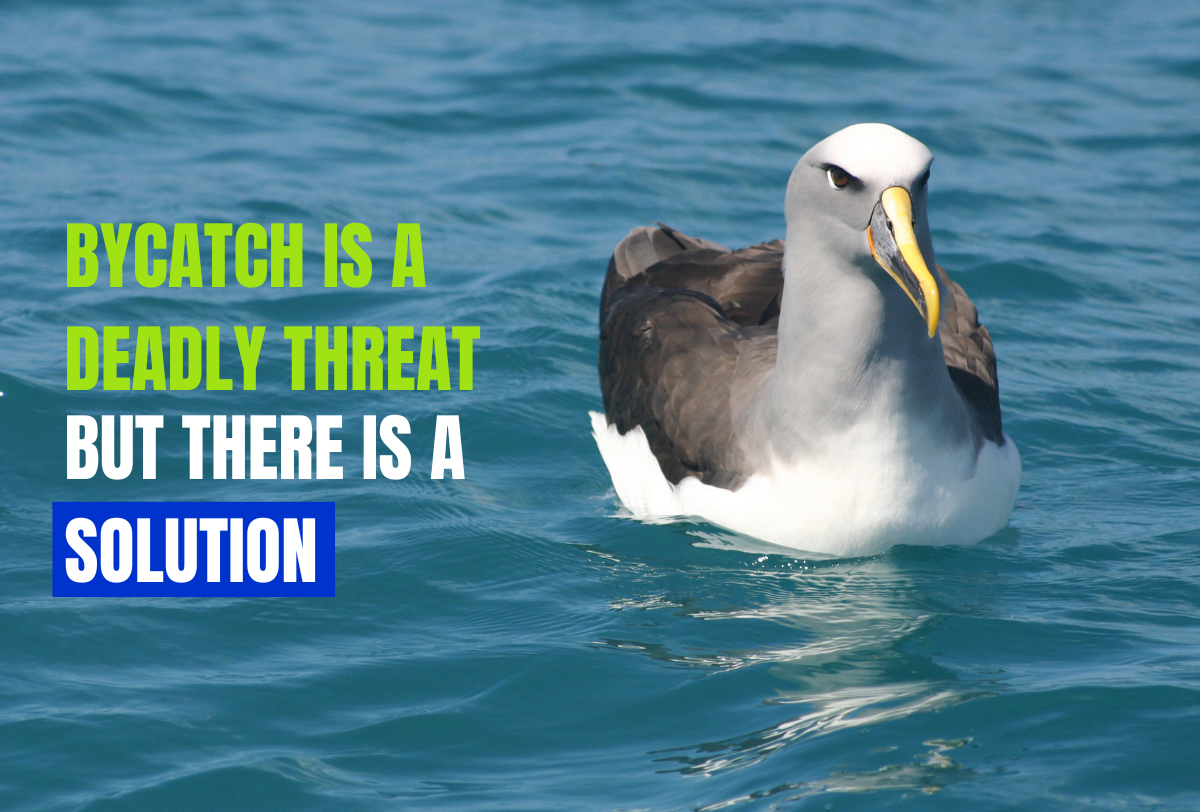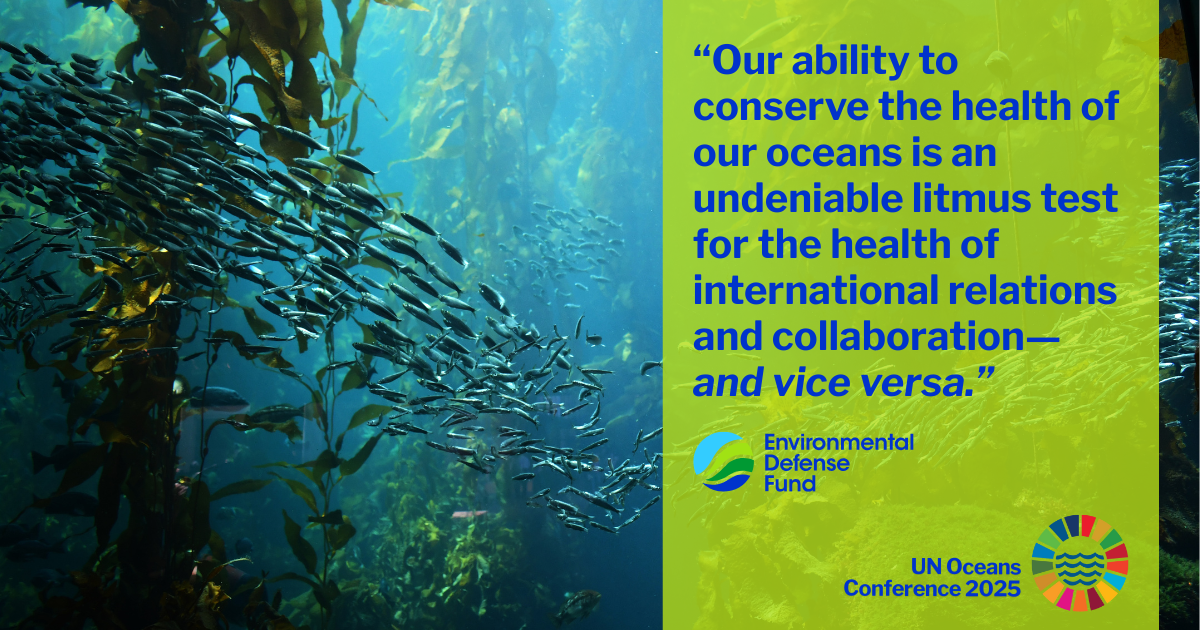
What Will We Grow Here? An Analysis of Candidate Species for Open Ocean Aquaculture in the United States
By: Poppy Brittingham
Open ocean aquaculture (also referred to as “offshore” aquaculture) is a nascent industry in the United States. As it exists now, the industry has the potential to positively contribute to domestic seafood supplies if executed well. However, if the risks and impacts of the farms are not well understood, it can cause environmental damage.
There is increasing momentum for U.S.-based open ocean aquaculture. NOAA has identified Aquaculture Opportunity Areas and multiple farmers in the process of getting the necessary permits to operate commercially. Additionally, lawmakers are considering legislation to guide the development of aquaculture in U.S. open ocean waters. For example, the Science-based Equitable Aquaculture (SEAfood) Act would provide the critically needed framework to develop sustainable open ocean aquaculture through U.S. government studies.
Stakeholders have a unique opportunity to strongly influence the foundation of the industry. Stakeholder collaborations towards developing science-based, sustainable management and regulation methods, makes their implementation a true and exciting possibility.
While there are broad studies on environmental risks, benefits, and innovations of open ocean aquaculture, there is a need to analyze the impacts of specific operational decisions, like which species a facility will farm. Many potential environmental and fiscal risks of an open ocean aquaculture operation are related to the species being farmed. Diseases, invasive escapees, nutrient pollution, ecological impacts of feed inputs, high operational costs, and low revenue can all be tied to the cultivated species if the choice is not made carefully. However, these challenges can also be minimized for a specific farm and its unique location by choosing the right species.
In a report titled “What Will We Grow Here? An Analysis of Candidate Species for Open Ocean Aquaculture in the United States” authors Poppy Brittingham and Rod Fujita take a deep dive into what species are most likely to be farmed in open ocean conditions domestically. This report highlights which species seem to be candidates for open ocean aquaculture cultivation in the U.S.
We explore three categories of species, finfish, shellfish, and seaweeds. Finfish are the focal group, as they are most likely to be farmed first in open ocean conditions because of their resilience and high market value. The report details specific influential characteristics for each species, like ideal environmental conditions, physical traits, native ranges, market value, and cultivation knowledge status. Two groups were created for finfish: those that are more likely to be cultivated commercially in the near term and those that are more likely to be cultivated in the future, once the open ocean aquaculture industry is more established.
The selection process for the species highlighted in the report is based on: 1.) Whether they have been previously farmed in U.S. waters or abroad, 2.) repeated mention in literature and by industry advocates as an ideal open ocean species, and 3.) physical compatibility with the open ocean and exposed conditions.
The finfish species that seem most likely to be farmed in U.S. open waters in the near term are: cobia (Rachycentron canadum), kanpachi (Seriola dumerili and Seriola rivoliana), Atlantic salmon (Salmo salar), and steelhead trout (Oncorhynchus mykiss).
The species that appear to have the most potential to be farmed in the future, but haven’t yet been grown at commercial or semi-commercial scales, are: nenue (Kyphosus vaigiensis), California yellowtail (Seriola dorsalis), mutton snapper (Lutjanus analis), Florida pompano (Trachinotus carolinus), Atlantic cod (Gadus morhua), red drum (Sciaenops ocellatus), bluefin tuna (Thunnus thynnus & Thunnus orientalis), red snapper (Lutjanus campechanus), sea bream (Pagrus pagrus), and mahi-mahi (Coryphaena hippurus).
Blue mussels are the highlighted shellfish, and giant kelp and bull kelp are the featured macroalgal species.
The full report can be found online, and factsheets on each potential finfish species are available.












